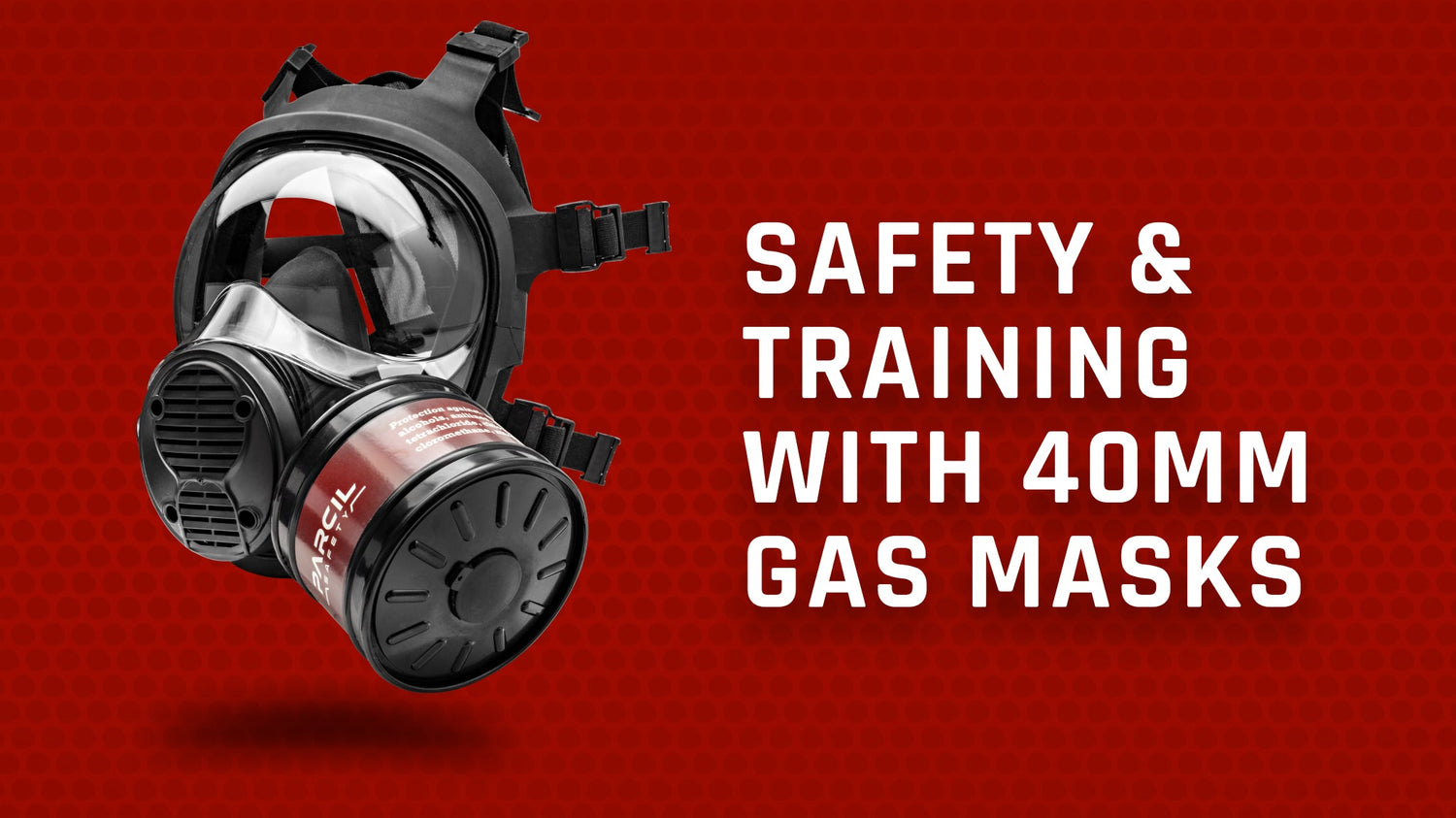Hey there, fellow safety enthusiasts! Today, I want to delve into a topic that's not just about protocols and procedures but about empowering ourselves with the knowledge and skills to handle any situation that comes our way, from everyday tasks to unforeseen emergencies. So, grab your safety goggles and let's dive into the world of user training and emergency scenarios.
Comprehensive Guide on Usage and Protocols
User training isn't just a box to tick off on a to-do list; it's the cornerstone of safety culture. Whether you're handling machinery, chemicals, or even just navigating through digital systems, understanding how to use them safely is crucial.
First things first, familiarize yourself with the equipment. Don't just jump in blindly; take the time to read manuals, attend training sessions, and ask questions. Remember, there's no such thing as a stupid question when it comes to safety.
Next, understand the protocols. Every tool, machine, or system comes with its own set of rules and procedures. These aren't there to make your life difficult; they're designed to keep you and others safe. So, follow them diligently, and if you see something amiss, speak up.
Practice makes perfect. Once you've learned the ropes, don't just leave it at that. Regular practice sessions can help reinforce what you've learned and keep your skills sharp. Plus, it's a great way to discover any areas where you might need more training or support.
Lastly, share your knowledge. If you notice a colleague struggling or making a mistake, don't hesitate to offer guidance. We're all in this together, and by helping each other, we can create a safer work environment for everyone.
To read more about the usage and protocols of 40-mm respirators, headover to our article (https://parcilsafety.com/pages/utilizing-40mm-gas-masks-for-safety-preparedness)
Simulated Scenarios with Gas Masks & Safety Tips
No one likes to think about emergencies, but they can happen when we least expect them. That's why it's essential to be prepared—not just mentally but also with the right tools and knowledge.
One of the most common emergency scenarios involves the use of gas masks. Whether it's a chemical spill, a fire, or a biological threat, having the right respiratory protection can mean the difference between life and death.
Start by familiarizing yourself with your gas mask. Know how to put it on quickly and correctly, even in low-visibility or high-stress situations. Remember, practice makes perfect, so don't wait until an emergency strikes to try it out for the first time.
Understand the different types of filters and when to use them. Not all gas masks are created equal, so make sure you're using the right one for the job. And don't forget to check your equipment regularly for any signs of wear or damage; it could save your life.
Finally, know when to evacuate. In some situations, staying put and donning your gas mask might be enough to keep you safe. But if the threat is too severe or if you're unsure, don't hesitate to evacuate to a safer location.
In conclusion, user training and emergency preparedness go hand in hand when it comes to creating a safer, more secure environment. By equipping ourselves with the right knowledge and skills, we can tackle any challenge that comes our way, from everyday tasks to the most unexpected emergencies. So, let's stay vigilant, stay informed, and, above all, stay safe.




















Leave a comment
All comments are moderated before being published.
This site is protected by hCaptcha and the hCaptcha Privacy Policy and Terms of Service apply.